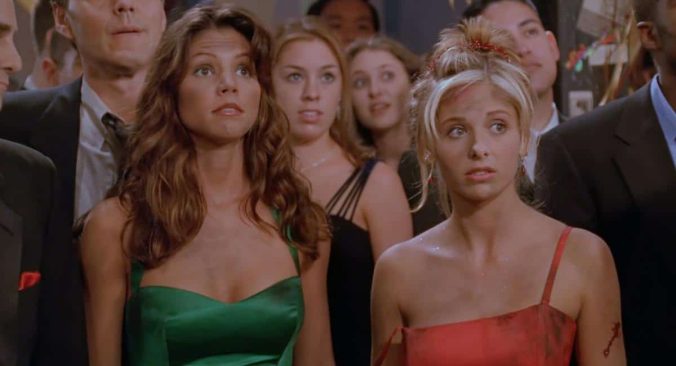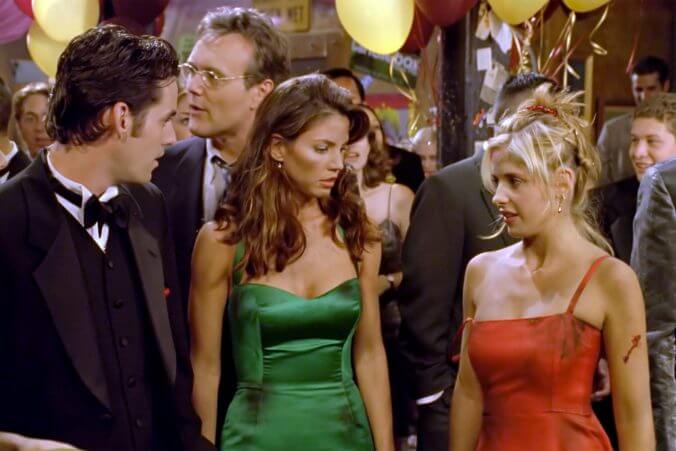The Case for Buffy the Vampire Slayer’s Cordelia Chase, an Unexpectedly Inspirational Mean Girl

This weekend marks the 20th anniversary of Buffy the Vampire Slayer’s series finale, titled “Chosen.” In celebration, Paste is looking back on the episode itself, the series as a whole (in both episodic and season rankings), and the characters that defined it. And for more Buffy, look no further than our past musings on one of the greatest supernatural TV shows of all time.

The good old-fashioned high school mean girl; we all know them and may (secretly) love them. Regina George. Blair Waldorf. Girls who stomp around with their minions, shoving aside anyone in their way and harboring a—usually inexplicable—hatred for the female protagonist. What has made these mean girls, at sixteen, so bitter to the world and to others? The answer is almost never revealed before she is inevitably defeated by the “good girl,” but Buffy the Vampire Slayer gives us a rare glimpse beneath the cold mask of the mean girl with Cordelia Chase.
Perhaps no two characters better epitomize the “good girl/bad girl” high-school-rival trope than Buffy Summers (Sarah Michelle Gellar) and Cordelia Chase (Charisma Carpenter), a popular cheerleader who tries to befriend Buffy when the latter first moves to Sunnydale. But in the same way that Harry Potter rebuffs Draco Malfoy’s offer of friendship, Buffy dismisses Cordelia as vapid and superficial, embarrassing her and thus beginning their iconic rivalry.
While Buffy makes her fair share of mistakes, it would be pretty difficult to argue that selfless, pure-of-heart Buffy is not the personification of a “good girl” protagonist. That said, Cordelia is not your average mean girl. Unlike most other mean girls, she’s not the true antagonist. She doesn’t immediately hate Buffy for being “prettier” than she is, or for other extraneous reasons why mean girls often hate the new girls; in fact, she has every reason to bear animosity toward Buffy for rejecting her.
Buffy challenges a number of mean girl clichés though with Buffy’s own former stint as the “Cordelia” type at her old school prior to moving to Sunnydale. No one would deny a mean girl her designer clothes and impractical shoes; she is, in general, the ultimate girly girl, caring deeply about her outward appearance, while her foil—the new/good girl—is effortlessly beautiful even while dressing like a slob. But in this series, both the new girl and the mean girl have a serious penchant for fashion and style. While most other mean girl characters are reduced down to their materialism, Cordelia and Buffy are actually cut from the same cloth.

One shared trait with her Mean Girl predecessors and successors though is Cordielia’s sharp tongue. She wields her words as weapons but knows how to aim her insults artfully. In Season 2’s “When She Was Bad,” Buffy is reincarnated and lashing out at Willow and Xander because she doesn’t know how to deal with her trauma. But when Buffy is rude to Cordelia, Cordy demonstrates her hidden emotional depths by telling Buffy she can’t walk around acting like that just because she’s hurting. Of course, she does it while telling Buffy to “spank [her] inner moppet,” but the sentiment rings true regardless.
-

-

-

-

-

-

-

-

-

-

-

-

-

-

-

-

-

-

-

-

-

-

-

-

-

-

-

-

-

-

-

-

-

-

-

-

-

-

-

-








































